Author: John-Joe Vollans
Photography: BMW AG
When you hear those famous three letters, BMW, what do you think of first? Fast saloons and coupes right, or perhaps even luxury chariots for captains of industry. Either way, you probably won’t instantly leap to the Munich firm’s fine selection of roadsters and sports cars. Throughout its history, however, Bayerische Motoren Werke has made plenty of standout and sexy two-seaters. Open-topped sports cars in particular have been there almost from the start, with the 3/20, 326/7 and iconic 328 of the 1930s, through to the legendary 507 of the 1950s. By the late-1980s, however, BMW hadn’t made a mass-produced open-topped two-seater for 30 years.
Marking its maker’s triumphant roadster return was the remarkably innovative Z1 of 1989. Not only did this sporting BMW see its firm plough a long fallow furrow, but it also kicked-off the Z lineup as we know it.
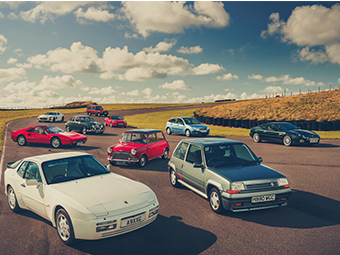
The Z1 was a bold machine, both in terms of its styling – the work of Harm Lagaay – and its engineering, both having leapt from the minds of workers at BMW’s clever Technik GmbH division. Established in 1985, just a few years prior to the Z1’s launch, BMW Technik’s role was mainly focused on R&D and technical innovation. The division came up with the Z1 as a concept to showcase its innovative new construction techniques – series production was never on the to-do list. That goes some way to explaining why the Z1’s doors disappear into its sills, it has easily replaceable plastic bodywork and an all-new Z-axle independent rear suspension. We don’t envy the poor production engineers tasked with figuring all that out for series production, but they managed it, admirably.
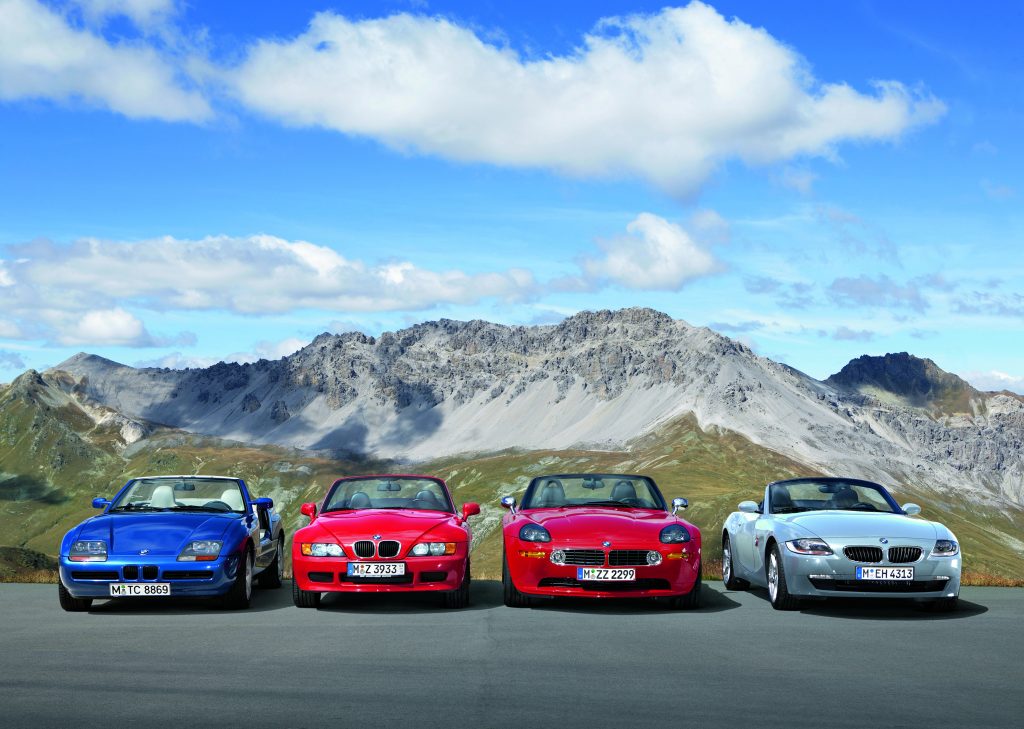
Clever and innovative are often bywords for expensive, however, with the circa 8000 Z1s sold to the end of its production in 1991 somewhat proving that point. This hand-built roadster’s numbers really only represent a drop in the motoring ocean, but what it did show was that, despite its absence in the market, there was still an appreciative audience eagerly awaiting more BMW roadsters.
Fast forward to September 1995 and the world was introduced to the far more conventionally engineered – yet almost as visually striking – Z3. Sharing much of its platform with the BMW 3 Series Compact, the Z3 was a lot easier to mass produce, but in a bold move, that responsibility wouldn’t fall upon German workers. The Z3 was assembled at BMW’s Spartanburg plant in South Carolina, USA, making it the first model in the firm’s history to be entirely produced outside of Germany.
Initially only available with two fairly underwhelming, if revvy, four-cylinder engines – the larger 1.9-litre shared with the contemporary 318is – the Z3 lacked the ultimate pace and agility to really shine. Parts sharing with the 3 Series Compact came back to bite drivers who really liked to press on, as the Z3 lacked its predecessor’s clever rear Z-axle; instead relying on the older semi-trailing arm arrangement. These early criticisms might have been overlooked a generation earlier, but with the mid-1990s competition including the Mazda MX-5, Mercedes-Benz SLK and Porsche Boxster, there was nowhere for a sub-par Z3 to hide.
BMW, to its credit, heard its critics and responded at the end of 1996 by slotting its fabulous 2.8-litre M52B28 inline six-cylinder engine under the Z3’s long bonnet. This gave it much more favourable firepower (192bhp), inline or exceeding those aforementioned contemporaries. In fact, the power hike from that six elevated Z3s so equipped above the majority of the resurgence roadster roster of the second half of the 1990s.
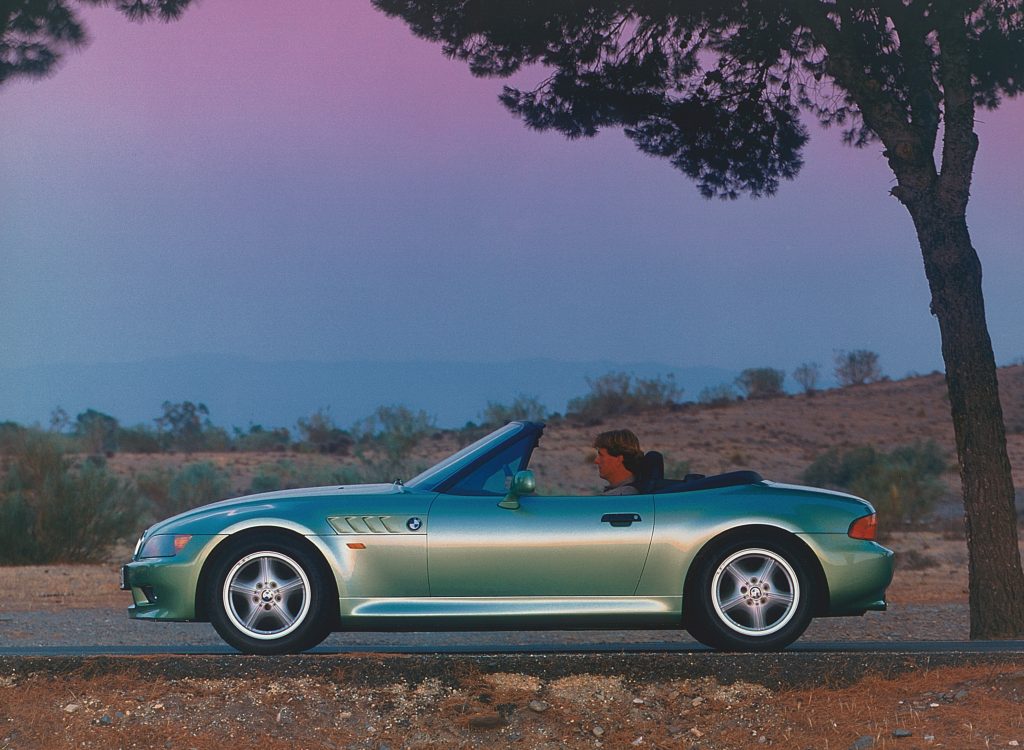
The six-cylinder Z3 range was expanded further with a 2.3-litre available in 1997, then a ‘baby’ 2.0-litre six in 1999. By 2000, a 2.2-litre, 2.5-litre and even a 3.0-litre had all joined the party, but an even more exciting Z3 had been available, since 1997, courtesy of the M division…
BMW’s motorsport and tuning wing at Garching had been keen to get its mitts on the Z3 as soon as the model was mooted. Slotting the motor from the contemporary E36 M3 into this little roadster was a no brainer, but there was a little more to it than that… To handle the extra grunt from the M3’s S50B32 3.2-litre mill (later upgraded to the E46 M3’s S54) firmer, lowered and reinforced suspension was added. A wider track front and rear was twinned with wider rubber to help avoid this ultimate Z3 pointing perpendicular to the tarmac.
Easier said than done with such a short wheelbase and 321bhp (S54 giving 325 at 7400rpm) sent to the back wheels; though traction control was added from 1999. This rabid roadster could get to 60mph in just over five seconds with the hard-top Z3M Coupe managing the same feat, in its outrageous marmite-like body package.
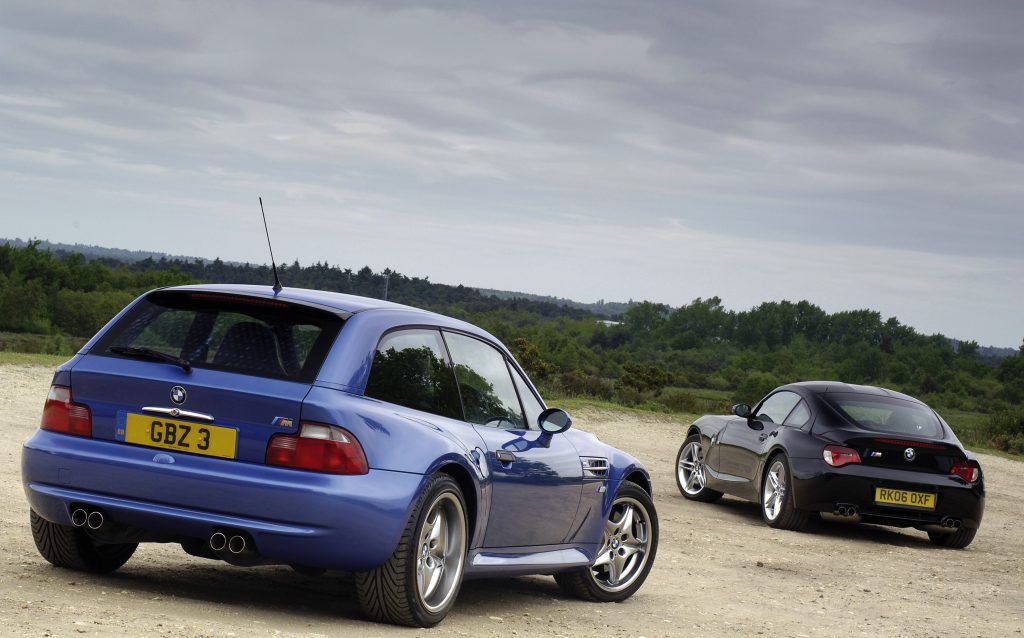
While we’re talking looks, there were a few styling revisions to the Z3 that either further enhanced the original work of Joji Nagashima or detracted from it, depending upon your preference. Pre-facelift four-cylinder cars have a ‘narrow’ body, most noticeable from a direct rear view, while six-cylinder and M versions got stouter ‘hips’. The whole range was facelifted in 1999, when the Coupe body was also added to the range, adding chrome ringed headlights and L-shaped tail lights; along with a host of other minor interior and exterior updates.
You probably don’t need us to tell you that the Z3 sold a whole lot better than the more bespoke Z1; BMW managed to shift over 297,000 by the end of Z3 production in 2002. There was a time when they were seen on every high street, though today sightings are certainly a more unusual occurrence, though hardly unheard of. Most – aside from tiny mileage or M models – are still cheap, considering the style and performance on offer, which makes the Z3 an entertaining and affordable way into modern classic motoring, which is a win-win in our book.
If you’ve ever owned a BMW Z3, we would love to hear your story in the comments below.
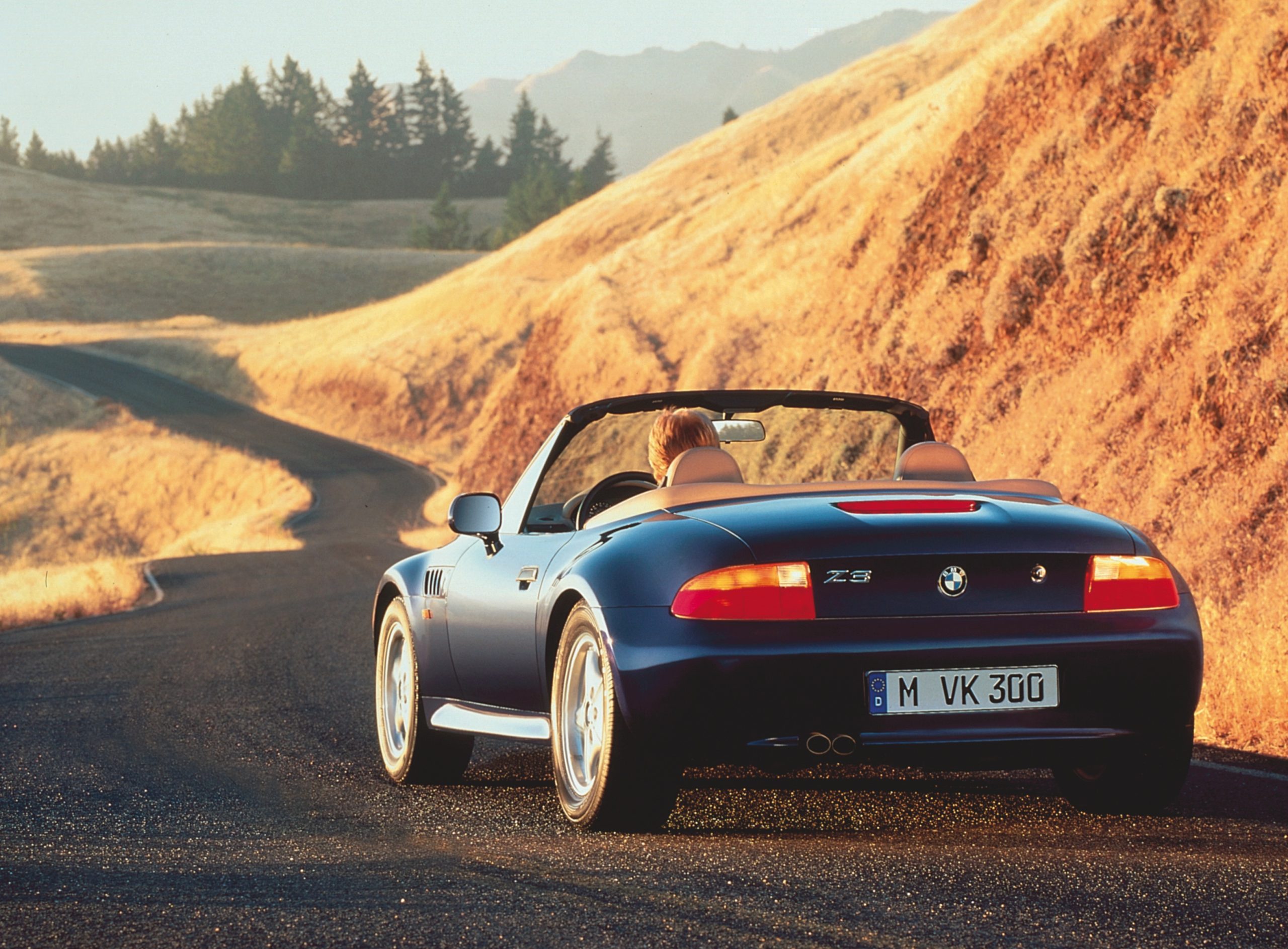



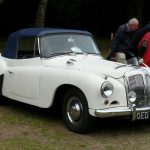
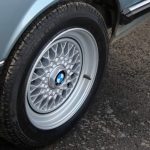
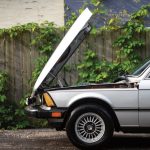
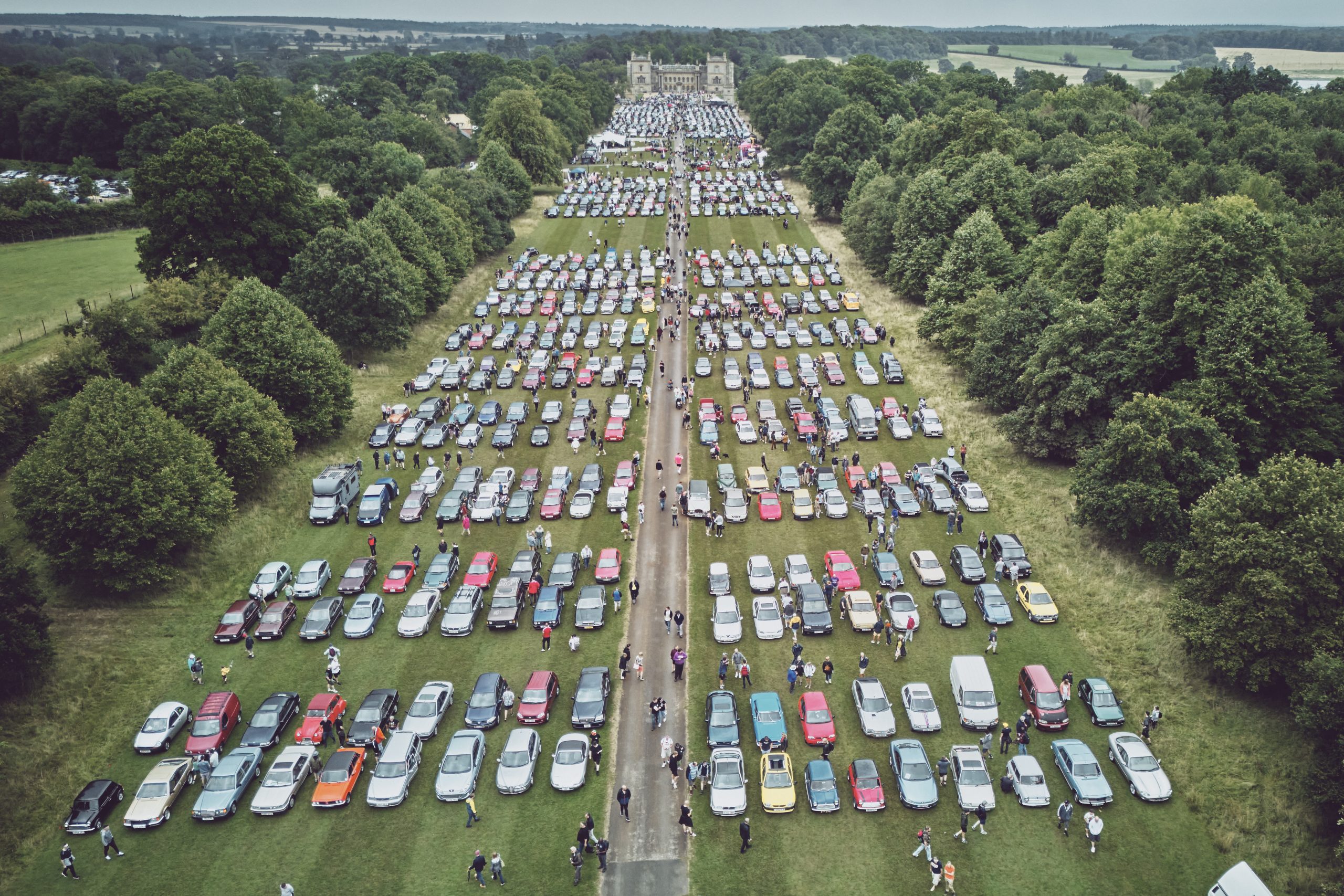
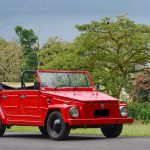
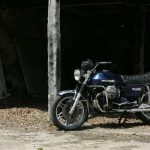
Need to pick your engine carefully as 1.9s dull. Many argue that the larger sixes make good autos for cruising as the car, excluding the ‘M’ isn’t built for speed and handling. However, the 2.2 six is an exceptional find at 170 ponies and in auto form, relaxing. Get a manual if you like playing with gears though. Red on silver looks classy.
It’s a wonderful little car in any variant. Take no notice of journalists.
Great article, but if prospective owners want to get serious, go for the Z3M Coupe (S52).
This is a car with outrageous (design) added to super car mechanicals, a glorious 321bhp straight six in a light car that handles like a go-kart, no fancy driver aids, a limited slip diff is your lot with a short throw 5-speed manual gear box, means the driver is in control not any electronic gizmo’s.
When was the last time you saw a Z3M Coupe on the road, and if you do I guarantee it will turn heads 👍🙂
Buy one, if you can find one and keep it for the grin factor.
Good article listing the introductions and virtues of the many six pot models over the four pot’s, I have owned a sweet 2.2 six for 8 years now so shame then that only the relatively low sales early 2.8 and M series are listed in the valuation tool leaving us mid range 2.2 (and 2.5) owners still pondering on their values. !!!
If you’re going to write about them then at least include them in the valuation tool.
In the market for a Z3 after owning a Mazda